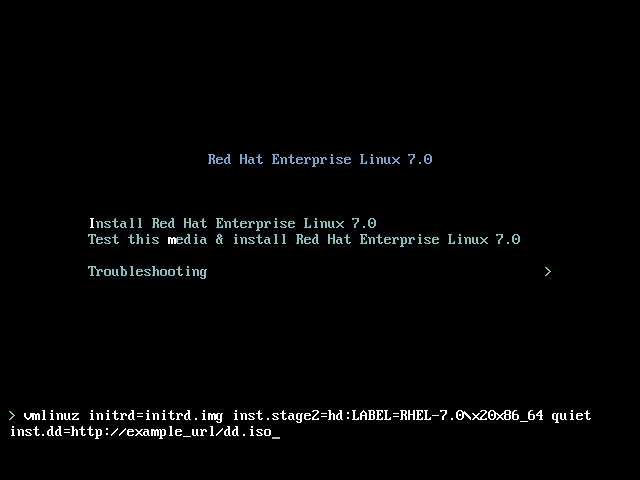


I've got a bit of time these days -and I do find it quite fun. I'll try and make a decent project text for this (as well as running W2K19 server as a desktop Virtual Machine) Once I've done that and got it working - I'll switch to W2K3 server - even faster OS !!!and apply the same modifications. You don't need IE - just slipstream it into the install. Office 2003/2007/2010 runs like a charm on it - unless you need the latest features of office - usually the collaboration stuff these versions of office are probably good enough for 99% of typical "Officy tasks" - and even if you don't want office - outlook express is still IMO the best simple email client that I've ever used (and supports imap).įirefox esr runs perfectly OK on it too. I know some will say why bother - but this is quite fun and you do get to run a really fast slick version of Windows as a VM that customises nice and easily. The trick is of course to start with a decent XP iso, install nlite and slipstream all the drivers you need - driverpacks are still available. HOWTO create a XP SP4 DVD with all DriverPacks and some apps - Discussion Board There's quite a lot of info in scattered areas of the web - good place to start It's so much faster than current W10 and depending on what you need to do its still 100% safe if you incorporate everything until the EOL. You can remove specific vendor drivers from an image.I'm having a lot of fun (also with a lot of others) keeping this venerable old OS alive and decently fit to run on modern hardware. Remove-WindowsDriver -Path "c:\offline" -Driver "OEM0.inf" To remove a specific driver, you need to specify its inf file name ( oem.inf): List third-party drivers in the offline Windows image: Mount-WindowsImage -Path C:\Mount\ -ImagePath C:\iso\sources\install.wim -Index 2 To do this, mount the offline WIM image to a local folder: In some cases, you may need to remove drivers from the Windows WIM installation image (when removing old/incorrect drivers, or reducing the size of the ISO image). Remove Driver Packages from a Windows Image It remains to write your custom installation image to the boot disk or USB flash drive or convert it to the ISO image file. This will increase the security of your OS immediately after the installation. In addition to driver integration, it can also inject security updates to the Windows install image.


 0 kommentar(er)
0 kommentar(er)
